The Ultimate Everest Base Camp Plan
Note: Since writing this post, I have returned from Everest Base Camp and answered all the questions I had here in the post Everest Base Camp Questions Answered!
Given my complete lack of experience in what I expect the conditions of my Everest Base Camp (EBC) trek to be, I have decided to do some research ahead of the adventure.
Yes, I know I said that plans are useless and that planning is for squares, but I have also pointed out the differences between planning and preparing (aka, they’re not the same thing).
So I suppose I will call this “The Ultimate Everest Base Camp Preparedness Guide“.
The Big Questions
In researching this trip, here are the points I found myself needing answers to (followed by in-depth evaluations of said points based on nothing more than internet research (aka a bunch of lies)).
WEATHER | How much snow can I expect on the trail? What are the daytime temperatures going to be like? The nighttime temperatures? How cold is really cold?
COST | How much is this thing going to cost me? Do I need to hire a guide? How much is accommodation? How much is food? How much are permits? Walking outside is expensive?
LENGTH | How long is the trek itself? No, but really, how long will it take? How much faster is coming back down? How long does it even take to get to Nepal?

LOGISTICS | How do I get to the trailhead once in Kathmandu? Do I need to get permits? Do I need a visa? Where do I get my welcome gift from the Nepalese government?
ACCOMMODATION | How feasible is camping my way up the trail? Are there places to stay if the weather turns? How much can I expect to pay? Are there jacuzzis?
ITINERARY | How many miles can I expect to hike a day? How many acclimatization days do I need? What day hikes can I do while acclimatizing? When do I get to see a snow leopard?
GEAR | What gear should I bring? How warm of a sleeping bag do I need? How much food should I bring? How many layers is enough? Do I really need a stove?
The Weather
For some reason it has been difficult for me to find precisely what the weather is supposed to be like during the winter. All that I have read is that:
- It is going to be cold (like really fucking cold)
- Little precipitation is expected during this time (which is excellent news).
Apparently Nepal (and Everest) is quite dry during the winter, and the monsoon season (meaning heavy precipitation) isn’t until late spring/early summer. This means that contrary to what basic meteorological logic dictates (hot in summer, cold in winter), Nepal’s summer is actually the time when the country sees the most snow (because it’s always cold high up in the Himalayas).
The weather has a profound effect on the gear required to successfully (comfortably) complete a trip to Everest Base Camp, and I will certainly be taking some risks with what I am bringing along (zero snow gear and a three-season tent).
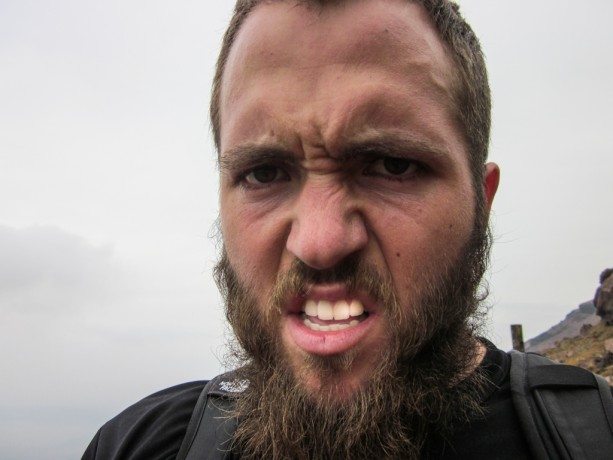
The Cost
I checked out eleven different Everest Base Camp tour operators, and the average cost of a trip to EBC (and back) from Kathmandu came out to $3,000 (not including airfare to/from Nepal). Some trips come with meals, airport transfer, or fringe expenses included, but almost all include the price of lodging for the length of the trip.
The price of a tour is just another reason to go solo, but finding out on my own how much everything will cost may come with come surprised.
As far as I can tell, the major costs associated with getting to EBC (once you’re in Nepal) are the following: optional flight to Lukla, lodging (if camping proves impossible), and maybe food (I have a healthy supply of Clif Bars to live off of).
It also appears that ATMs are scarce to non-existent, and so I have little hope that credit cards will be widely accepted (if at all). This means that I expect to exchange all my cash to Nepalese rupees at the airport.
Since I have no idea how much I will spend in the country, I am not looking forward to eating those exchange fees (or not having enough cash while in the country).
The Length
Most of the Everest Base Camp tours take about eighteen days (including days flying to and from Nepal). Of those days, ten are spent actually making progress towards Everest Base Camp (and this is the number that we care about).
I hope to accomplish this in a fraction of the time (aka a day or two shorter), because I want to be up and down the mountain quickly to provide ample time for seeing the more traveled parts of the country as well (who knows if this statement will hold true).
Little can be done regarding the time spent climbing up to base camp as you need to acclimatize yourself in order to prevent altitude sickness as you climb up to 17,600 ft/5,380 m (or just press ahead, take diamox, and hope not to die).
Most trips take (apparently) three or four days to come back down from Base Camp, so it should be possible to do it in two if I really want to?

The Logistics
Assuming that you are flying into Nepal (although an overland adventure would be far more epic), you will be arriving at Tribhuvan International Airport (KTM) in Nepal’s capital of Kathmandu.
The city of Kathmandu sits at 4,600 ft / 1,400 m, far below Everest Base Camp (17,600 ft / 5,380 m).
Some choose to start their trek to Base Camp from here via a week-long hike to the town of Lukla (given more time I would definitely prefer to do this). However, many choose (or are forced to) instead fly to Lukla from Kathmandu.
The flight (supposedly) costs around $150 each way and flights are frequent(ish?), weather permitting. Passengers and their bags scramble into small twin-engine prop planes to take them into the mountains where they are greeted by one of the shortest runways in the world at Tenzing-Hillary Airport.

As far as permits go, it appears that I will need at least one (and maybe two): a Sagarmatha National Park permit, and possibly something called a TIMS card (which appears to be a sort of hiker registration card so that your body can later be identified). Hopefully they aren’t too expensive.
I don’t know where to get these permits, but I am sure it will just work itself out?
Oh yeah, and the visa thing. I have decided that it is possible for me to get a visa upon arrival in Nepal for something like $150 USD. Again, I am done researching, let’s just see what happens.
The Accommodation
In Kathmandu I will do some CouchSurfing (I hope), but what of where I will spend my nights outside city limits? My initial plan was (is?) to camp all the way up to base camp, but after searching the internet far and wide for accounts of people choosing to do this, I have come up empty-handed.
It appears that the supersaturated market of tour operators have drowned out the smaller (more objective) voices in the results of searching.

All I want to know is if camping during the winter months is feasible. Is that too much to ask? Apparently it is, and I have now accepted that I will be finding out for myself.
How will my three-season tent and four-season sleeping bag hold up? Well, having only rarely used my tent in freezing conditions and having never used this sleeping bag before, I don’t know what to expect. However, I am sure I will quickly learn whether or not I am prepared to rough it in the cold each night.
That being said, the tours (being “Tea House Treks”) hold up in hotels, lodges, tea houses, or base camps (or somewhere else equally indoors) each night, meaning that should I need to, the option to seek shelter will (should?) be available to me each night (especially since lodges are far less crowded during these months (supposedly)).
The Itinerary
The average itinerary after arriving in Lukla (and climbing up to EBC) looks something like this (as skimmed from various tour operator websites):
- DAY 1: Trek to and sleep in Phakding
- DAY 2: Trek to and sleep at Namche Bazaar.
- DAY 3: Acclimatization day at Namche Bazaar. Day hike. Sleep at Namche Bazaar.
- DAY 4: Treks vary on where they hike to and stay this night – Photse and Thyangboche are common (but other places included Khumjung, Thami, and Deboche).
- DAY 5: Hike to and sleep in Dingboche.
- DAY 6: Acclimatization day at Dingboche. Day hike. Sleep at Dingboche.
- DAY 7: Hike to and sleep in Lobuche.
- DAY 8: Hike to and sleep at Gorak Shep.
- DAY 9: Hike to Everest Base Camp and sleep at Gorak Shep.
- DAY 10: Hike to Kala Patthar and begin descent – sleep at Pheriche.
- DAY 11: Descend, descend, descend.
Nore: Since I don’t know exactly what many of these places are (yet), I may be off with some of the above prepositions (it bothers me; I will fix it upon my (hopeful) return).
The Gear
The extreme cold and altitude (and snow?) (and winds?) that I expect to experience will require more than my usual bag of tricks (sorry, infinite handkerchief).
From what I have read a four-season sleeping is an absolute must. Luckily I have secured myself such a bag, and will be using it for the first time on this trip (hopefully no fatal defects in the bag exist).
Reading the recommended packing lists from tour operators is useless since they hire porters to carry everyone’s bags and suggest bringing things like multiple pairs of shoes, an extra duffel bag, “five hiking shirts,” “three pairs of pants,” and “seven pairs of underwear” (really? Seven?). Those porters must be beastly.
I intend on carrying everything I bring into the country up to Everest Base Camp with me, and I can tell you now that I will have two pairs of underwear and two pairs of socks (time to get my stink on).
Note: Should I return in one piece from this journey, I will most certainly detail each one of these points in its own post; posts founded in experience and empirical evidence.

And there you have it, my complete and adequate preparations for what I expect will be an incredibly epic or disappointing adventure.
Should I survive the cold, you can expect to be adequately informed of Nepal’s transpirings (future me).
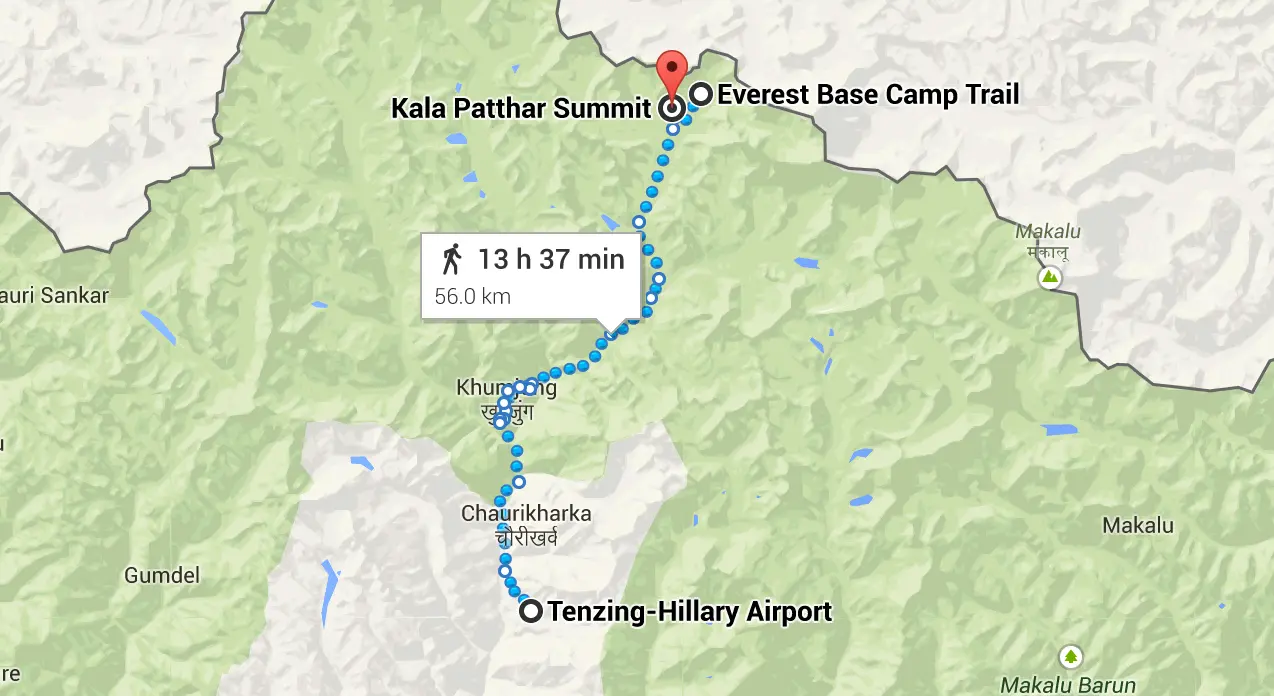
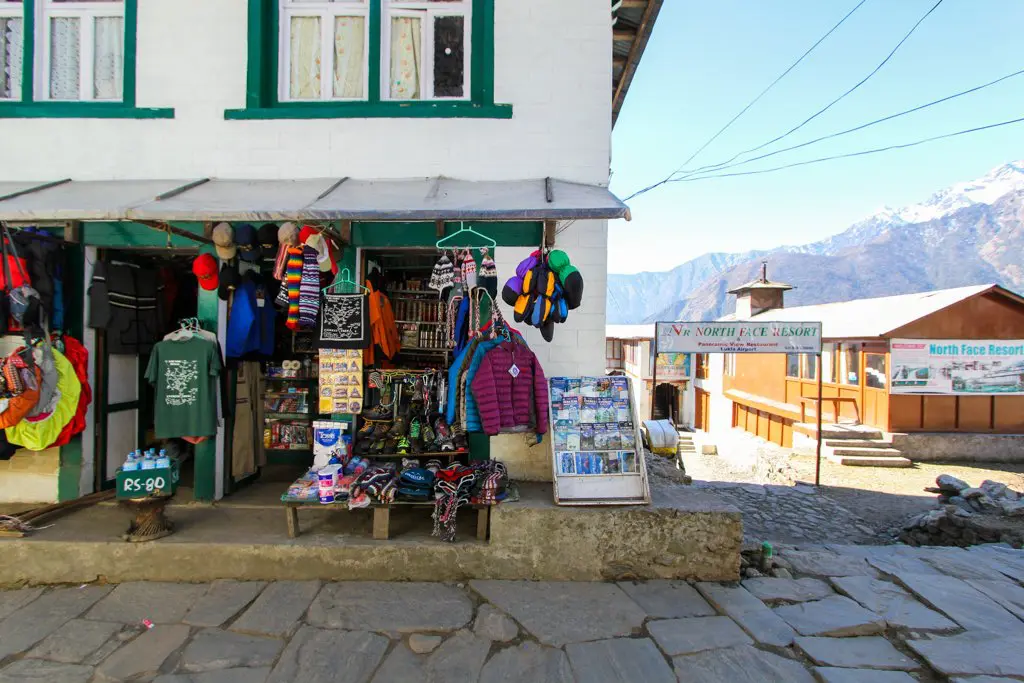
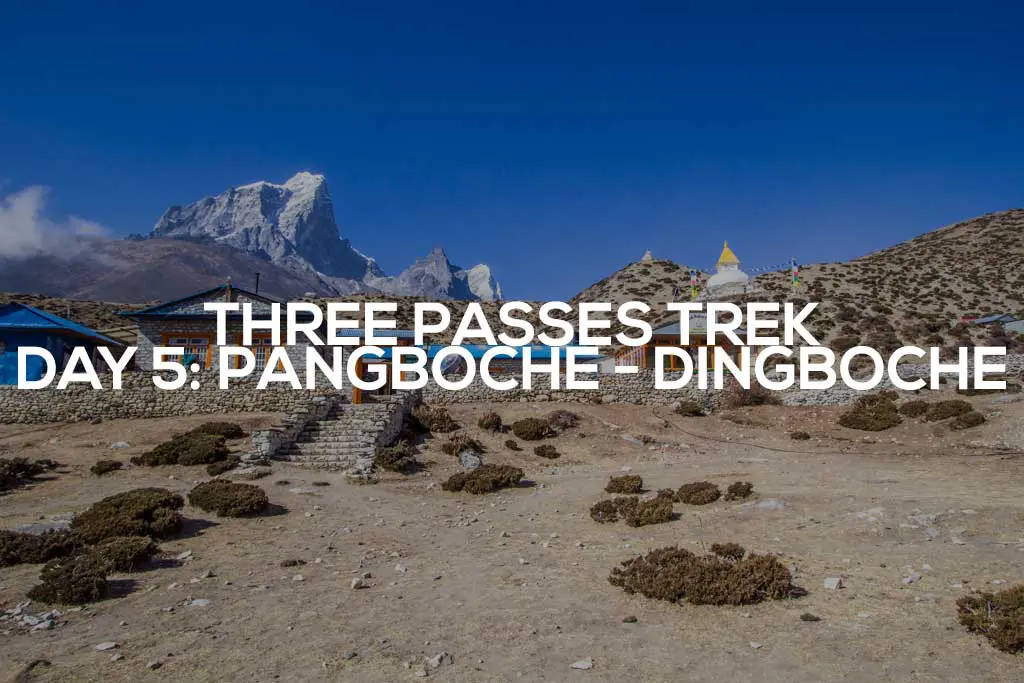
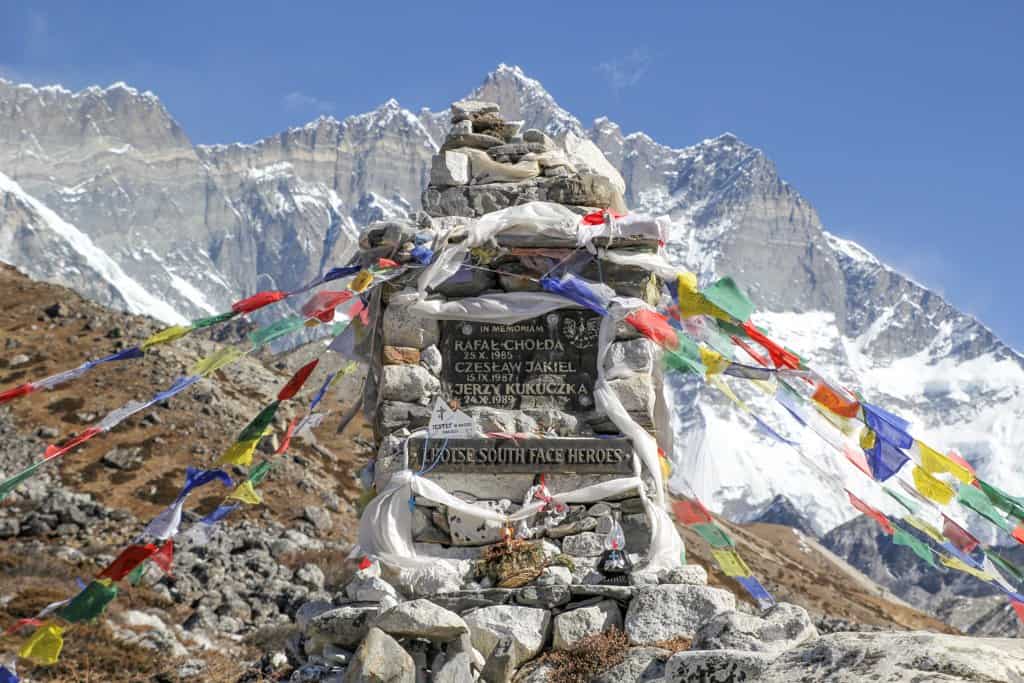

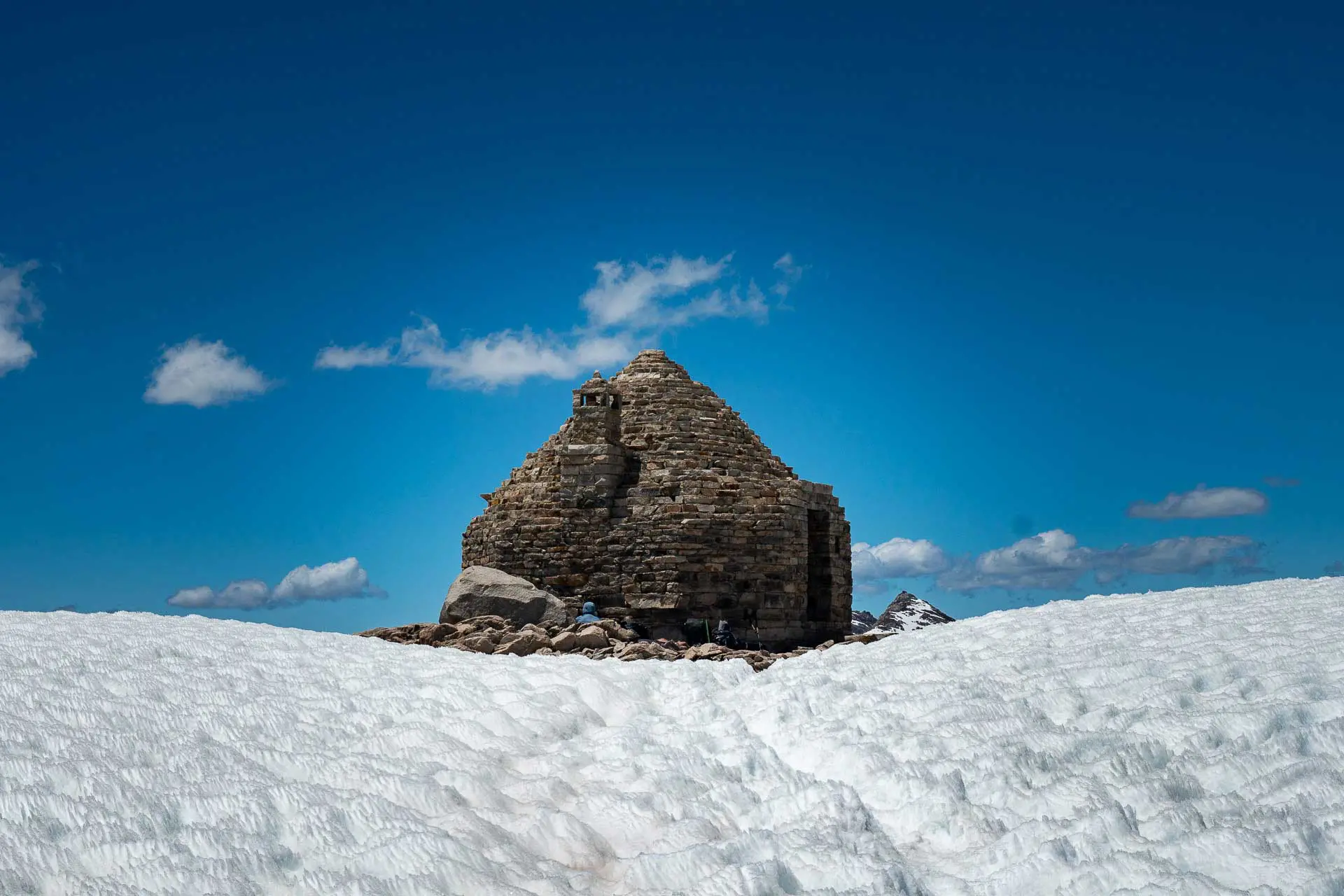
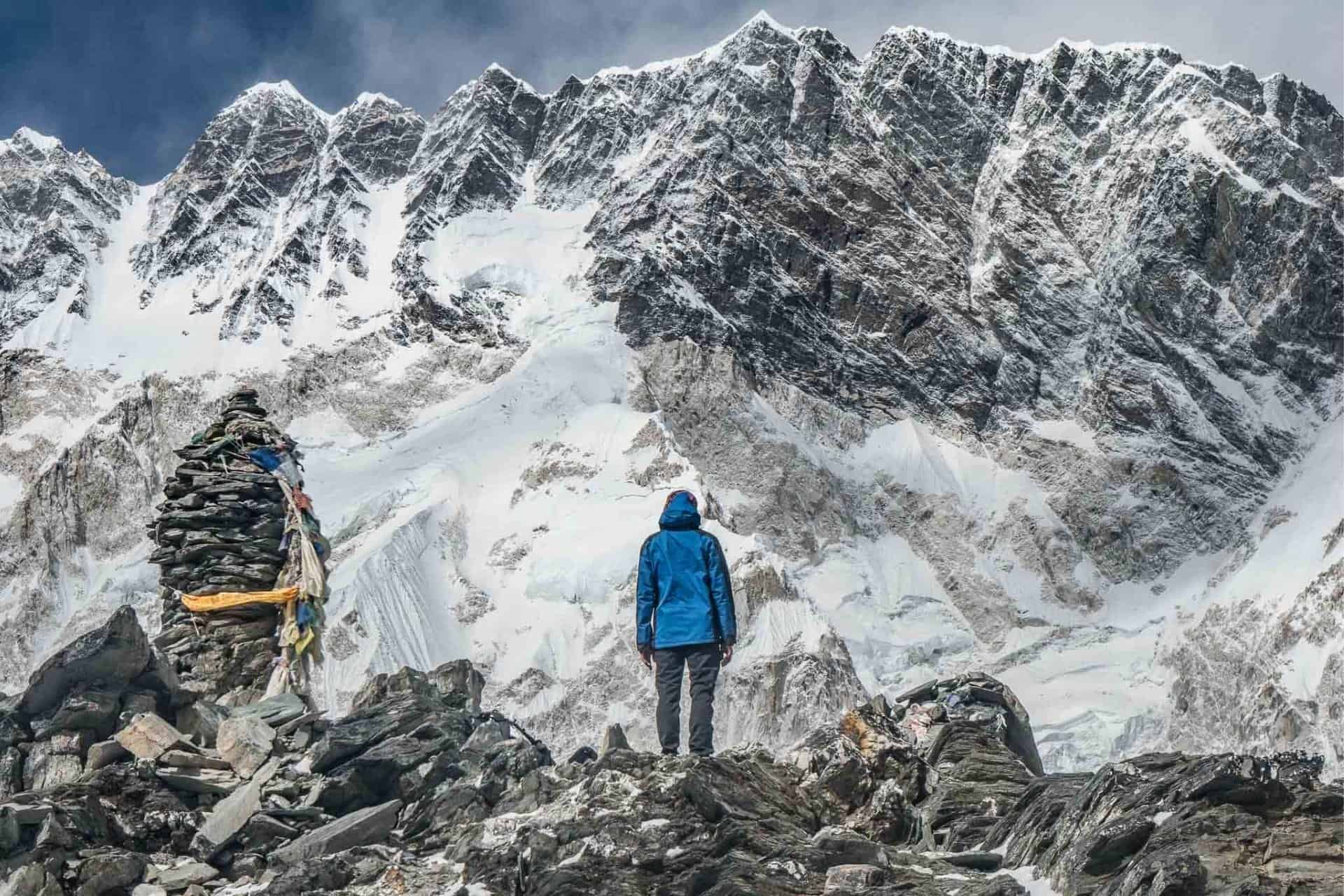
How skilled does one need to be in navigation when tackling this trek in the off-season? I’m wanting to go solo, but feel comforted by the idea of following the crowd to an extent. Easy to navigate with fewer travelers? Seems worth the solitude, if so! TIA.
The navigation getting to Everest Base Camp is incredibly straightforward. It would be difficult to get lost, and if you did happen to go the wrong way, you would only make it as far as the next village (max) before realizing your mistake.
Hey guys, came back 3 weeks ago from a solo Jiri-EBC (and KP) trek. So glad I avoided the high season: more blankets for the cold nights… Met not more than 12 people going up at around the same time, just enough to appreciate some company around the fireplace. I had so many questions (can I do it? Will I have altitude sickness? what about my knees? what about the cold?). In the end, it was probably one of the very best experiences of my life. I even miss dal-bhat (just kidding). And of course, I got food poisoniong in Kathmandu…
How can you not miss infinity dal-bhat?
Glad to hear you (also) had an excellent time up there. Not going during the high season is probably the first and most important recommendation I would make to anything thinking about making the trek. I couldn’t imagine being up there surrounded by hundreds of people at all times.
Hopefully your food poisoning was once you returned from the mountains (and hopefully it wasn’t from momos – how I miss them).
Did EBC solo last month. Hiked in on the old trail from Jiri instead of flying, met a few people who started with tents but past Namche I didn’t meet anybody who bothered holding onto them. It takes serious commitment to pitch a tent when your body is bitching about altitude, its cold as fuck and there are lodges with warm beds for $2/night every 1 to 2 hours along the trails. Good luck though, looking forward to hearing how it turns out!
Also, budget..spent ~$10 a day South of Lukla for food and rooms (not including beer) and $12-$25 above Lukla depending on the altitude and the lodge owner’s valuation of a snickers bar.
Hey Andrew, just got back and am excited to share my experience. Agree with mostly everything you said, but I found cowboy camping to be quite enjoyable (and from what it sounds like a lot of the beds are far from warm). It really wasn’t as cold as I thought it would be.
I also learned that I will pay no more than 150 rupees for a Snickers.